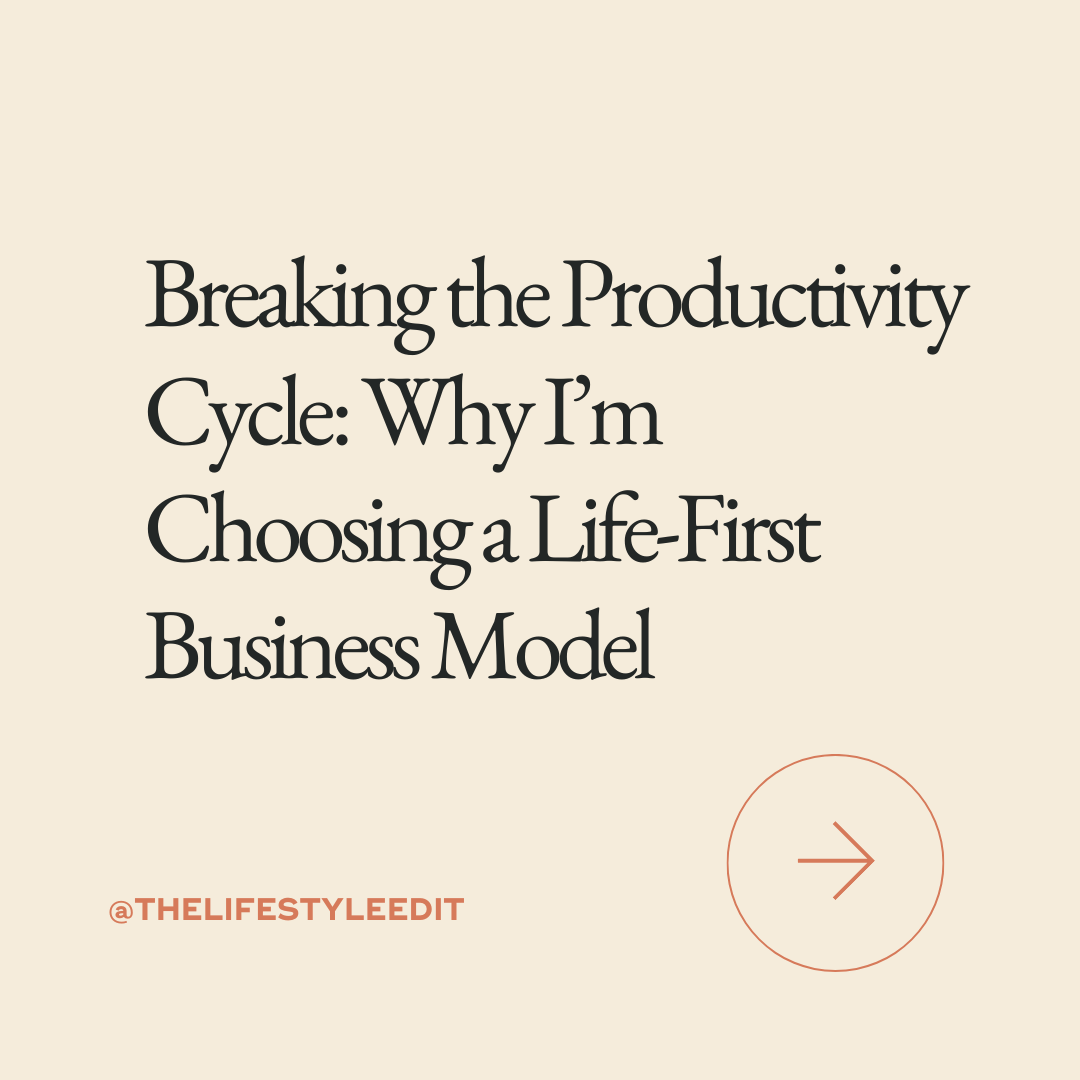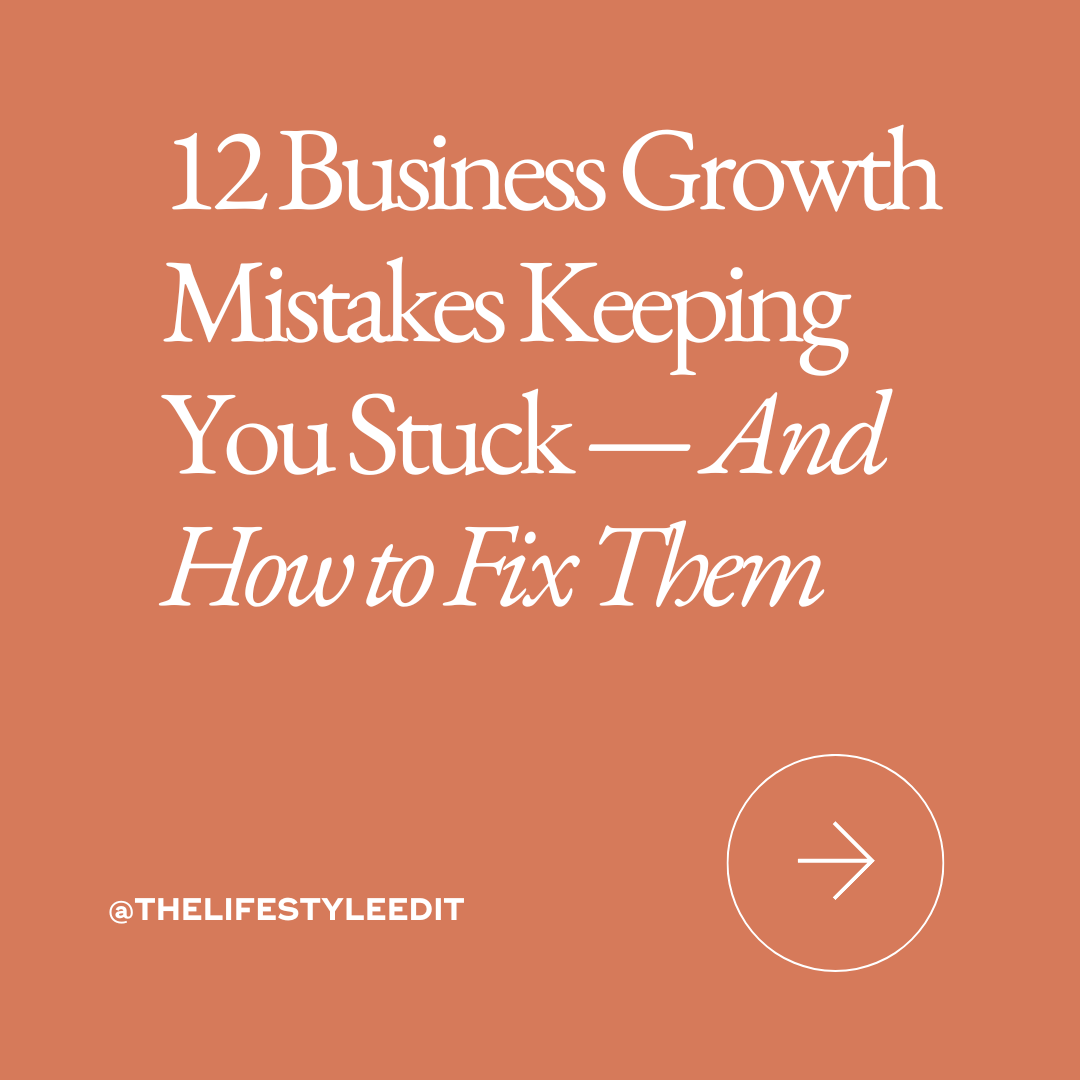It’s not about doing more—it’s about creating a valuable high-ticket offer, inviting clients in, and refining your messaging.
Growing a coaching business can feel overwhelming.
With so much noise out there about needing a big audience or a fancy website, it’s easy to get distracted by things that don’t move the needle.
But the truth is, you can grow your coaching business with much less complexity than you think.
Success in your coaching business comes down to two essential things—creating a high-ticket offer and getting really good at inviting people into that offer.
1. Focus on a High-Ticket Offer
The foundation of your coaching business should be a high-ticket offer. This is where financial stability begins. By offering a premium, transformational experience, you can work with fewer clients while delivering deeper results, and create a steady stream of income through payment plans.
Why a high-ticket offer?
Because it allows you to generate cash flow and gives you the space to focus on delivering true value. You don’t need a massive audience to make this work. What you do need is a high-ticket offer that solves a significant problem for your ideal clients and provides them with a clear, valuable transformation.
Action Step: If you don’t already have a high-ticket offer, start here. Look at the specific challenges your ideal clients face, and design an offer that provides deep, transformative results.
Don’t hesitate to charge what it’s worth—remember, clients are paying for the value and outcomes they’ll receive.
2. Make Regular Invitations
Once your high-ticket offer is in place, it’s time to start inviting people to work with you. This is the step that many coaches find uncomfortable. But here’s the reality: no one will buy your offer if they don’t know it exists. Regularly making invitations is the key to filling your programs and growing your business.
This doesn’t mean constantly hard-selling to your audience. Instead, it’s about consistently showing up, talking about the value of your offer, and making sure your ideal clients know how to take the next step with you. Whether it’s through emails, social media, or direct conversations, your job is to make the invitation clear and compelling.
You don’t need a huge following to do this. It’s about quality, not quantity. Even with a small, engaged audience, you can fill your high-ticket program by regularly inviting the right people.Action Step: Set aside time each week to make invitations. This could be in the form of emails, social media posts, or personal outreach. The more consistently you extend these invitations, the more clients you’ll bring into your high-ticket offer.
3. Master the Art of Facilitation
Having a high-ticket offer is only half the equation. The other half is mastering the art of facilitating results. Your ability to deliver on the promise of your offer is what sets you apart as a coach. The more skilled you become at helping your clients achieve success, the more social proof you’ll generate, and the easier it will be to attract future clients.
This is a two-pronged approach: you must be just as good at inviting clients as you are at facilitating results. When you can effectively communicate the value of your offer and deliver on that promise, you create a virtuous cycle. Your clients’ success becomes your greatest marketing tool, leading to more testimonials, referrals, and sales.
Action Step: Focus on refining your frameworks and processes so that your clients consistently achieve results. The better you get at facilitating transformation, the more confident you’ll feel when making invitations, and the more social proof you’ll have to leverage in your marketing.
4. Momentum Isn’t Lost in Rest—It’s Strengthened
One of the biggest misconceptions in business is that you have to be constantly “on” to maintain momentum. But rest isn’t the enemy of progress—it’s a crucial part of it. This is especially true in a life-first business where balance is key.
The idea that taking time off will cause your business to lose momentum is an old narrative that keeps many entrepreneurs stuck in a cycle of overwork. In reality, resting allows you to recharge, show up more fully, and create deeper alignment in your business. You’re not starting from zero after a pause; you’re returning with renewed energy and focus.
Reframe the Belief: Rest isn’t the absence of progress. It’s part of the natural flow that allows you to continue growing sustainably. Taking time to rest and recharge is what enables you to come back stronger, ready to make an even bigger impact.
5. Consistency Over Perfection
Many coaches get caught up in the fear that if they miss a week or drop the ball once, they’ll lose all momentum in their business. But consistency doesn’t mean perfection. It’s about showing up regularly, even if there are occasional pauses along the way.
Your business habits, like sending newsletters or engaging with clients, don’t unravel the moment you take a break. Just like in Pilates, where rest and recovery are essential for long-term strength, the same is true in business. A week off doesn’t erase the progress you’ve made—it simply allows you to come back stronger.
Action Step: Reframe your relationship with consistency. Instead of aiming for perfect execution, focus on maintaining a rhythm that includes both action and rest. Give yourself permission to pause when needed, knowing that your business can thrive with this flexible approach.
6. Avoid the “All or Nothing” Mindset
One common challenge coaches face is the “all or nothing” mindset. The belief that if a launch or webinar doesn’t go perfectly, it means the entire business is failing. This mindset can be particularly damaging during pivotal moments, like a launch, when external pressures are high.
But success in business doesn’t come from one perfect moment—it comes from cumulative, consistent effort over time. One less-than-perfect launch doesn’t define your overall success. Instead of placing all the pressure on one event, recognize that each step contributes to the bigger picture of your business growth.
Action Step: When things don’t go as planned, remind yourself that this is just one moment in your business journey. Focus on the long game and continue showing up, knowing that success is built over time.
7. Trust the Systems You’ve Built
As a business owner, you’ve worked hard to create systems and automations that allow your business to run smoothly. But when it comes time to rely on those systems—especially during big moments like a launch—it’s easy to feel a loss of control and wonder if things will hold up without your constant presence.
This fear can be rooted in the belief that if you’re not actively managing every detail, things will fall apart. But this is where trust comes in. The systems you’ve built are designed to support you, and they can operate effectively even when you step back. By trusting the process, you allow yourself the freedom to focus on what really matters: serving your clients and growing your business.
Reframe the Belief: Trust that the work you’ve put into building systems will pay off. Your business is designed to thrive without your constant oversight. Lean into that trust and give yourself permission to step back when needed.
Building a Business on Trust, Consistency, and IMPACT
Growing your coaching business doesn’t require endless hustle or a massive audience. The key is focusing on what truly matters: creating a high-ticket offer, getting excellent at inviting clients into that offer, and mastering the art of delivering results.
At the same time, it’s essential to balance action with rest and to trust the systems you’ve built. Momentum is not lost when you pause—it’s strengthened when you return with clarity and alignment.
Success comes from consistently showing up, facilitating client transformation, and trusting in the process you’ve created. This balanced approach will allow you to build a coaching business that not only grows but supports the life you want to live.










